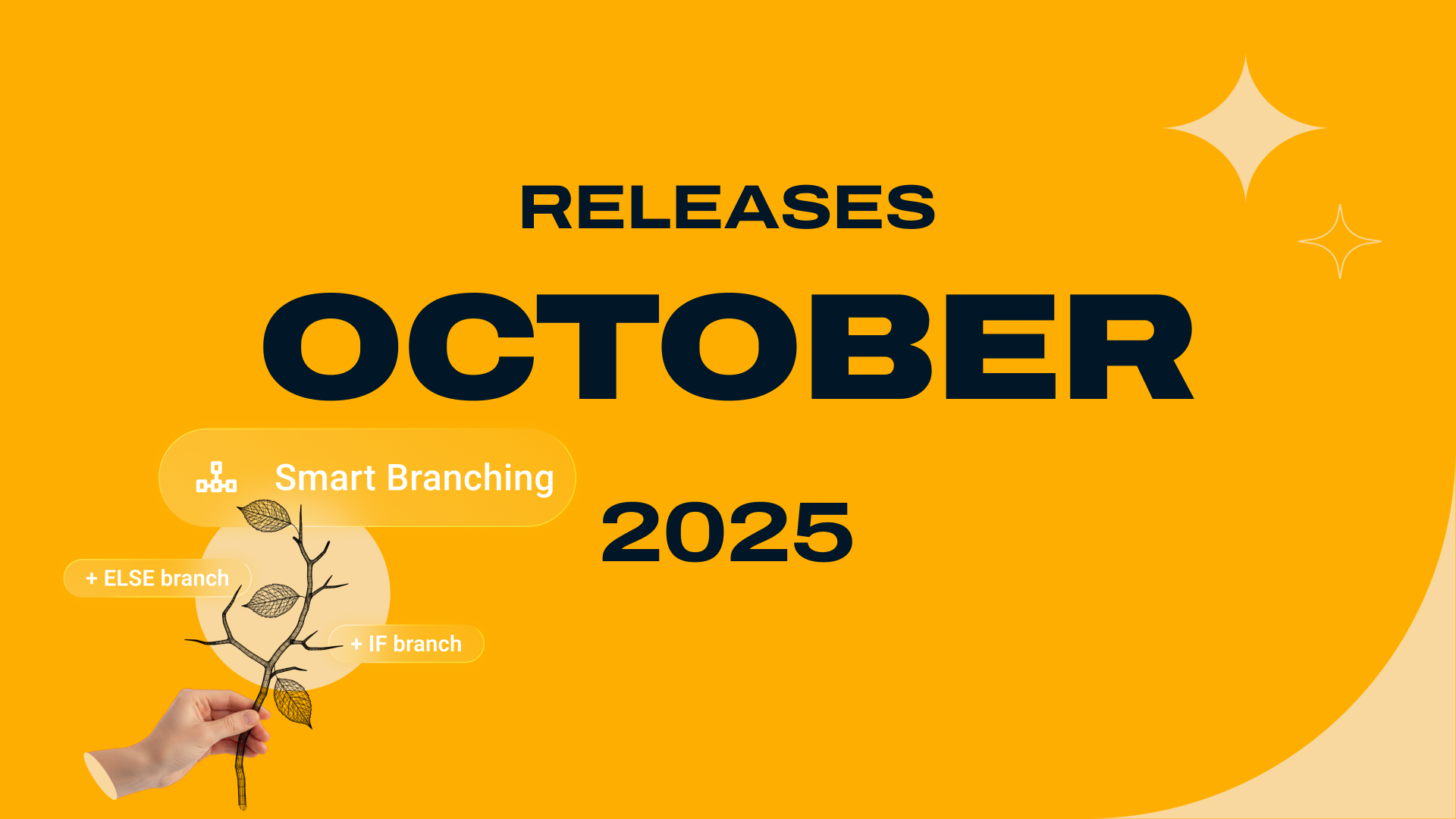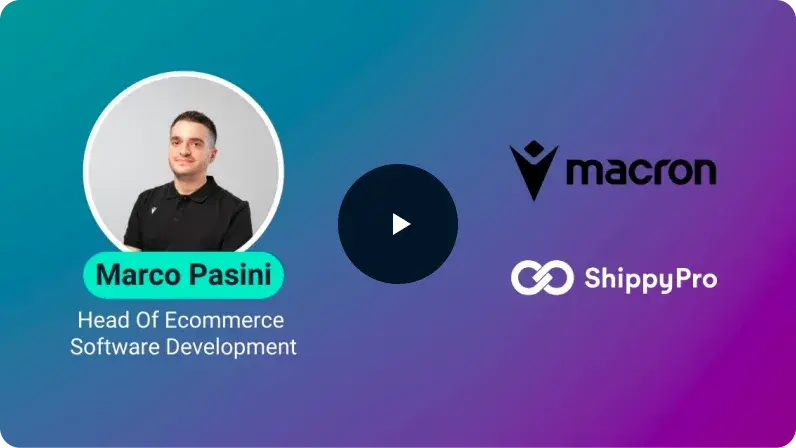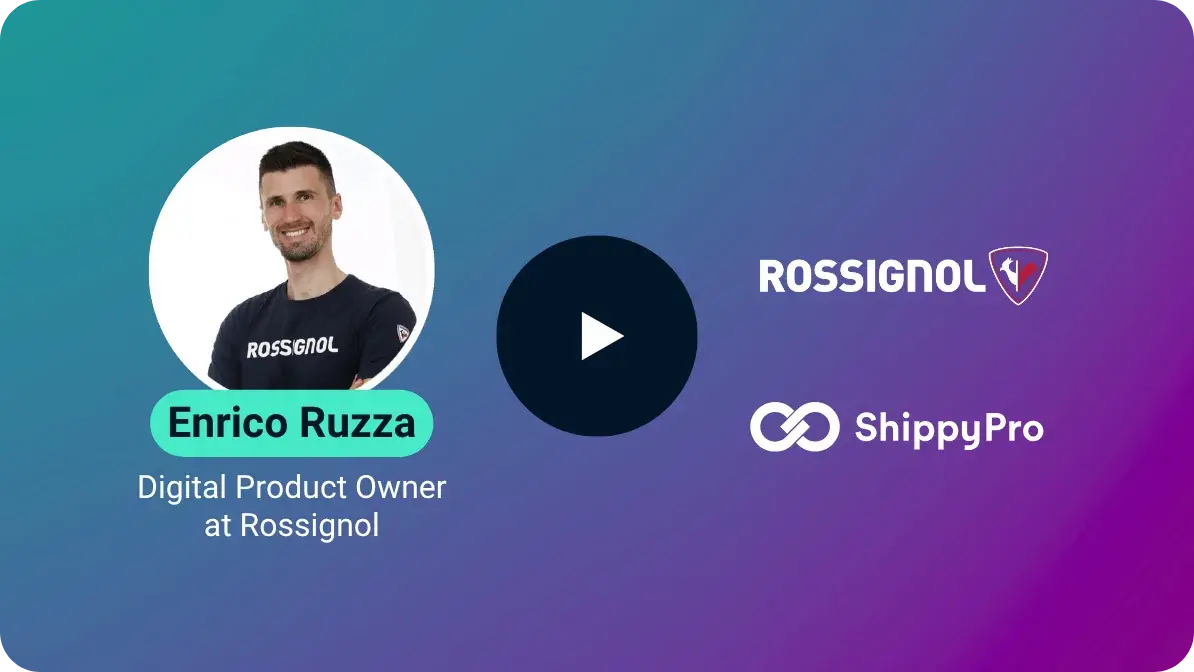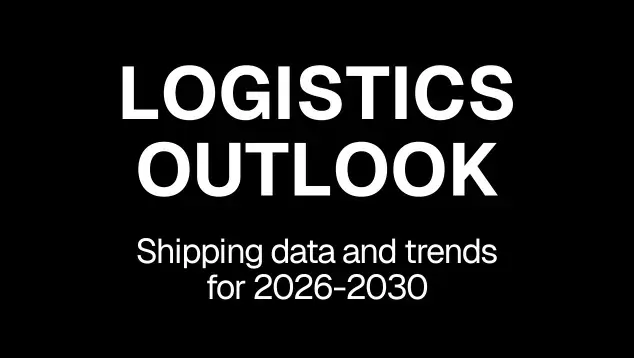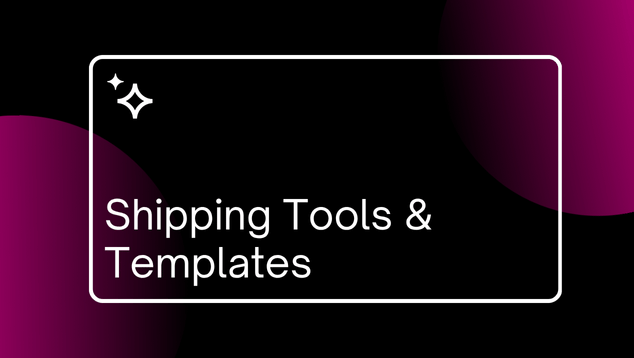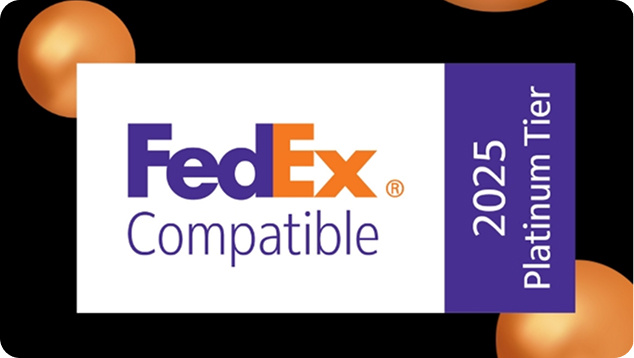The best 8 logistics APIs to use to streamline your shipments in 2026
 By
Giulia Castagna
·
4 minute read
By
Giulia Castagna
·
4 minute read
Application Programming Interfaces (APIs) are very well-known amongst developers. They allow companies to expand their tech stack by gathering data from other sources and using them to power up their ecosystem.
The same goes for the shipping industry! We've filed a list of the most useful transportation & logistics APIs you can use to streamline your shipments.
Of course, you'll find some on our APIs in this list, but we'll provide plenty of examples from other sources too. So stay tuned and keep on reading.
8 logistics API to be implemented in 2026
If you want, you can dig deeper into each and every API. But, for those who don't have time to read everything, here's a short list of all the Logistics APIs we'll mention.
- Carrier APIs
- Address verification APIs
- Route optimisation APIs
- Marketplace APIs
- Paperless documentation APIs
- Out of Home delivery APIs
- Fleet management APIs
- Customer notification APIs
1. Carrier APIs
Carrier APIs are the first step for every company that wants to streamline their logistics operations. Every carrier has its own API key, and companies can use it to retrieve tracking data, rates, address formatting verification, and extra services (e.g. shipping insurance).
You can also get all this information using a system integrator like ShippyPro. We have over 170 carriers and +1500 carrier services integrated into our platform.
Here are some Carrier API examples for you to check out:
2. Address verification APIs
Address verification APIs are indispensable tools in the logistics and transportation sector, ensuring that addresses are accurate and complete before shipments are dispatched.
These APIs cross-reference entered addresses against authoritative postal or carrier databases, instantly correcting errors and formatting addresses to meet postal standards. This not only reduces the risk of delivery failures but also enhances operational efficiency by minimising the time and resources spent on resolving address-related issues.
Some address verification APIs also provide information on whether an address is business or residential.
You can learn more about ShippyPro's CheckAddressAPI here.
3. Route optimisation APIs
Route optimisation APIs use advanced algorithms to calculate the most efficient routes for multiple stops, considering real-time traffic data, road conditions, and delivery time windows.
By integrating route optimisation APIs, you can significantly shorten delivery times, lower fuel consumption, and increase the number of deliveries per route.
This not only leads to substantial cost savings but also boosts customer satisfaction through timely and reliable deliveries. Additionally, optimised routing reduces the environmental impact of your fleet by minimising unnecessary mileage.
Examples of Route Optimisation APIs are TomTom's Routing API, Google's Route APIs, or Seametrix API to calculate sea routes. We too have a route optimisation service.
Learn more about route optimisation here.
4. Marketplace APIs
Marketplace APIs facilitate seamless integration between your logistics systems and various online marketplaces, allowing for real-time exchange of data such as inventory levels, order statuses, shipping updates, and product listings.
By leveraging marketplace APIs, you can automate many aspects of order fulfillment, from receiving orders to updating shipment tracking information. This integration ensures that customers receive accurate and timely information about their purchases, enhancing their shopping experience and trust in your service.
5. Paperless documentation APIs
We've already tackled the topic of document digitisation for customs. For many countries, having paper documents is no longer an option. Many regulations are transitioning towards a paperless archive and many carriers are introducing extra costs for those who still want to keep using paper documents.
Paperless documentation APIs revolutionise logistics and transportation by digitising and automating the management of critical documents such as invoices, shipping manifests, customs declarations, and proof of delivery.
These APIs enable the seamless generation, exchange, and storage of electronic documents, eliminating the need for physical paperwork.
Examples of paperless APIs: Paperless Documents API by UPS and Paperless Returns by ShippyPro.
6. Out of Home delivery APIs
Out of Home delivery has been growing for the past three years as preferred shipping option both for companies and end customers. It's popularity is due to numerous advantages. Among them are
- Sustainability
- First delivery attempt is successful 99% of the time
- Scalability
- Flexibility for customers to pick up their orders anywhere, anytime.
These APIs integrate with pickup and drop-off points such as lockers, retail stores, and partner locations, providing alternative delivery solutions that suit modern consumer lifestyles.
You can retrieve store opening times, PUDO locations, and space availability for all your carriers, and showcase a real-time Pick-up Drop-off points map on your website.
By incorporating OOH delivery APIs, you can offer your customers the convenience of choosing where and when to pick up their parcels, reducing missed deliveries and enhancing the overall delivery experience.
7. Fleet management APIs
Fleet management APIs provide real-time data and analytics on various aspects of fleet operations, including vehicle location, fuel consumption, driver behaviour, maintenance schedules, and route tracking.
By integrating fleet management APIs, you can monitor and manage your fleet more effectively, ensuring that vehicles are utilised optimally and maintained proactively.
Moreover, these APIs enable better compliance with regulatory requirements by providing accurate and timely reports.
Samsara API or Fleet Complete do the job, but these are just two examples. There are plenty of fleet management APIs out there for you to discover!
8. Customer notification APIs
Providing real-time data to customers on their purchases is crucial to build the perfect user experience. That's why we've decided to include customer notification APIs in our list of the best logistics API to use to streamline your logistics.
Customer notification APIs enable automated communications via SMS, email, or push notifications to keep customers informed about the status of their shipments, including order confirmation, dispatch, expected delivery times, and any delays or issues.
As always, you can choose either to use APIs or to integrate a platform like ShippyPro to manage your shipping notifications in just a few clicks (no-coding required).
Logistics APIs: what's next?
The global logistics market is projected to grow significantly, with APIs playing a crucial role in this expansion. According to a report by Grand View Research, the logistics market size was valued at USD 2.7 trillion in 2021 and is expected to expand at a compound annual growth rate (CAGR) of 6.8% from 2022 to 2030. This growth is partly fueled by the increasing adoption of APIs, which enable seamless integration and real-time data exchange between various logistics systems.
Moreover, the rise of ecommerce has further accelerated the demand for robust logistics solutions, where APIs facilitate everything from inventory management to last-mile delivery. A study by the World Economic Forum predicts that the shift towards digital transformation in logistics could generate savings of up to USD 1.5 trillion for businesses and customers globally by 2026, primarily through enhanced efficiency and reduced operational costs.
Incorporating these advanced logistics APIs into your operations can significantly enhance your service offerings and provide a competitive edge. Embrace these tools and watch your logistics operations transform, driving efficiency, customer satisfaction, and sustainable growth.

Curious by nature, analytical by mindset, Giulia Castagna is the voice behind ShippyPro’s content. As Content Marketing Manager, she simplifies complex logistics topics for those who ship around the world every day. She writes about AI, automation, and shipping trends to inspire data-driven decisions.
